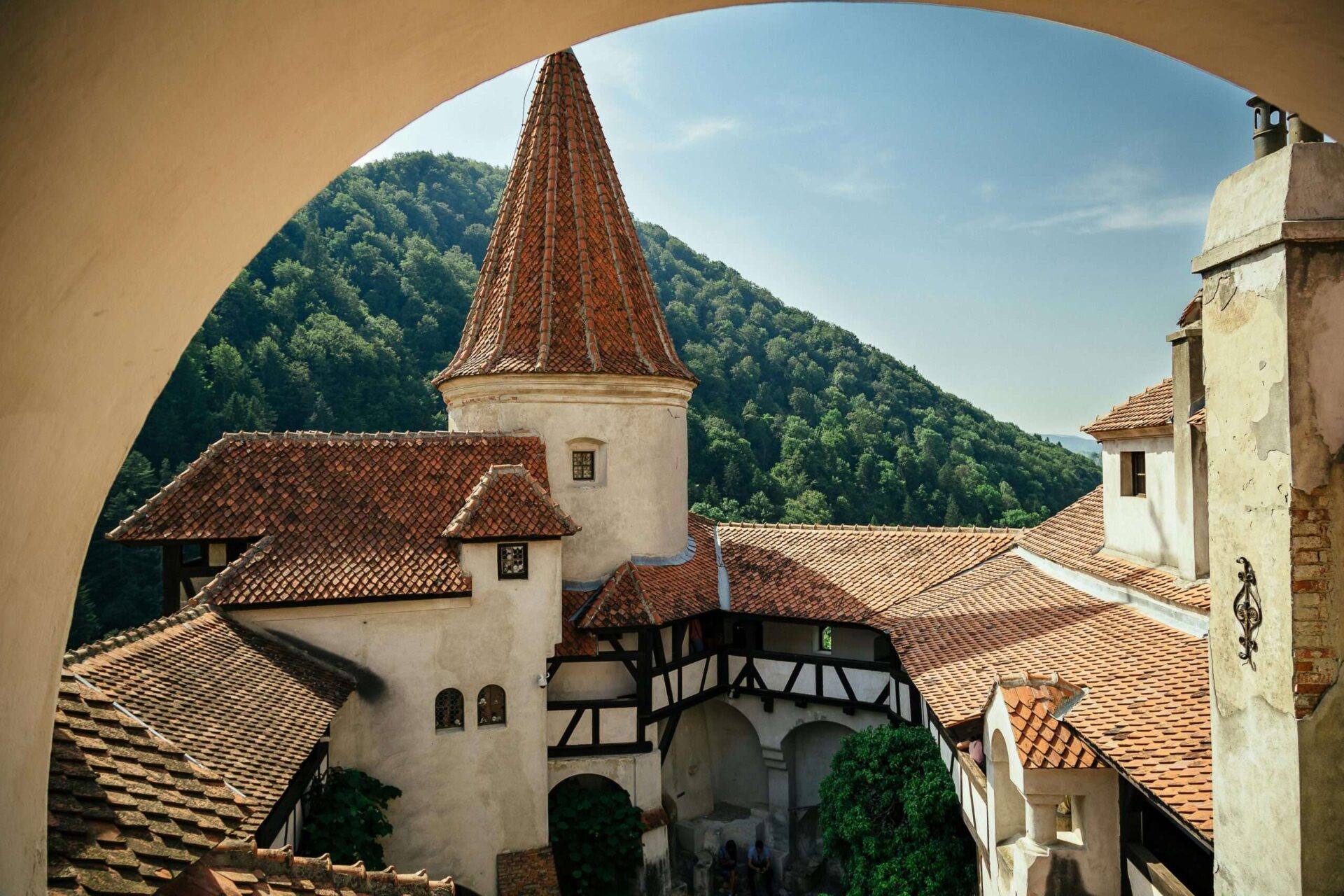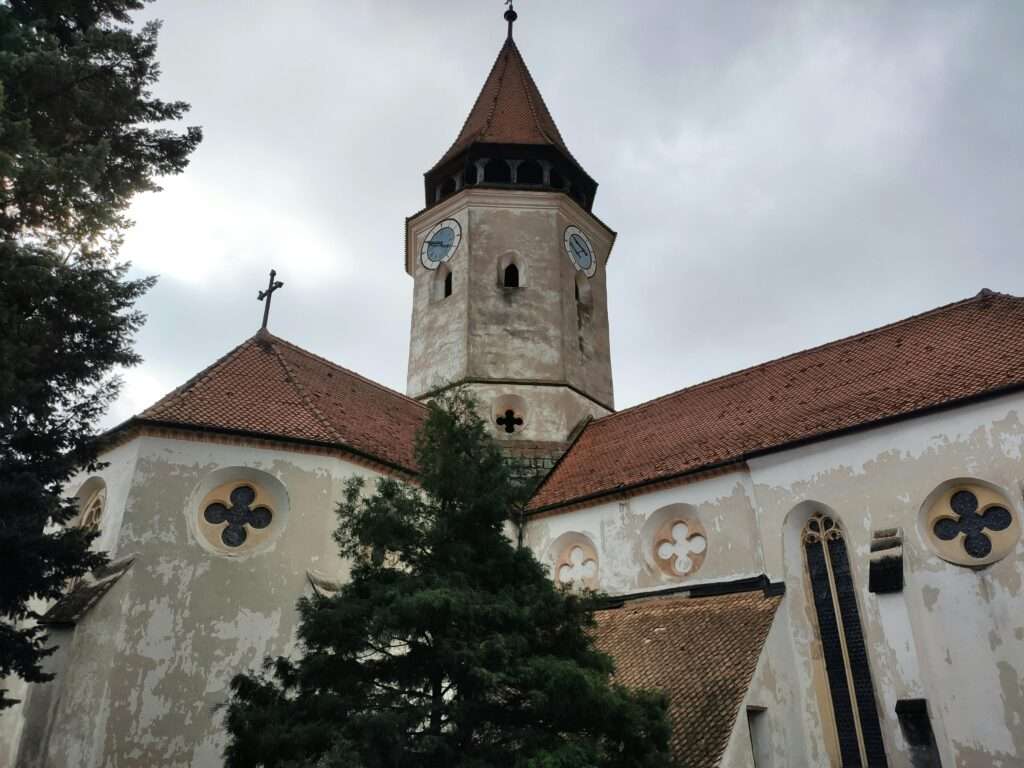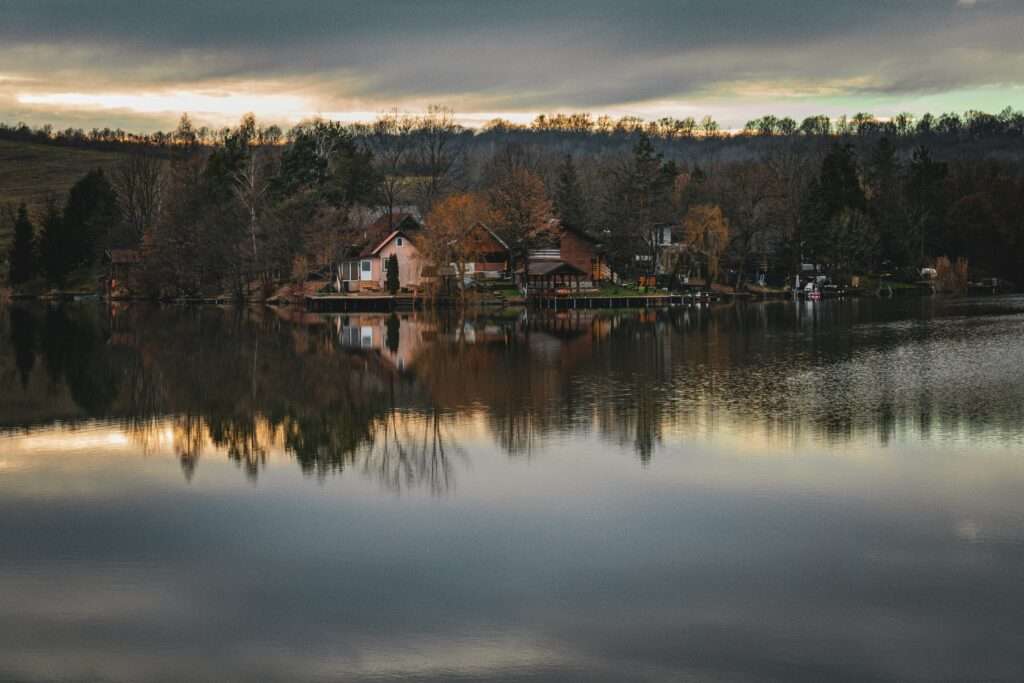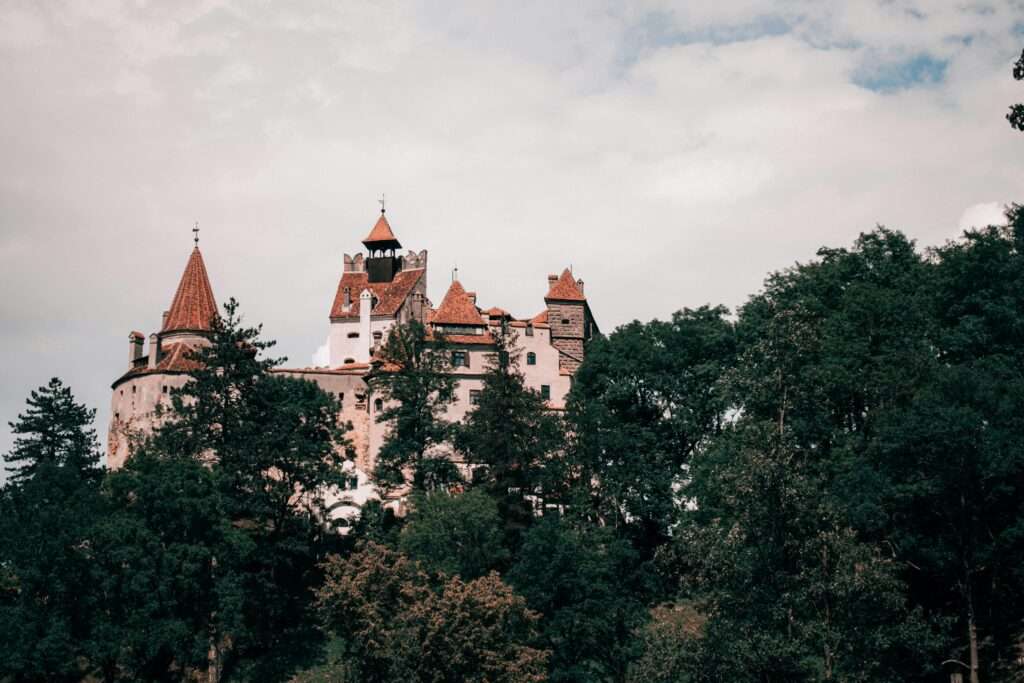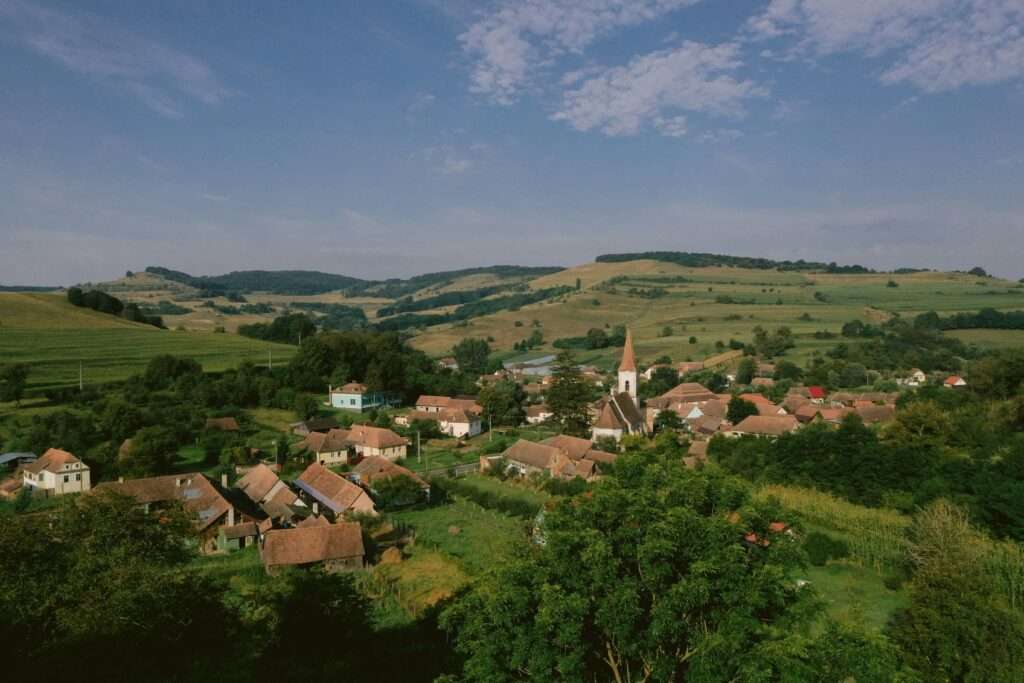Discover the Saxon Villages of Romania: A Journey Through Time
Nestled in the heart of Transylvania, the Saxon villages of Romania offer a mesmerizing glimpse into a world where history, culture, and nature blend harmoniously. These enchanting settlements are a testament to centuries of rich heritage, marked by fortified churches, cobblestone streets, and traditions that have stood the test of time. Whether you’re a history enthusiast, a nature lover, or simply a curious traveler, these villages promise an unforgettable experience.
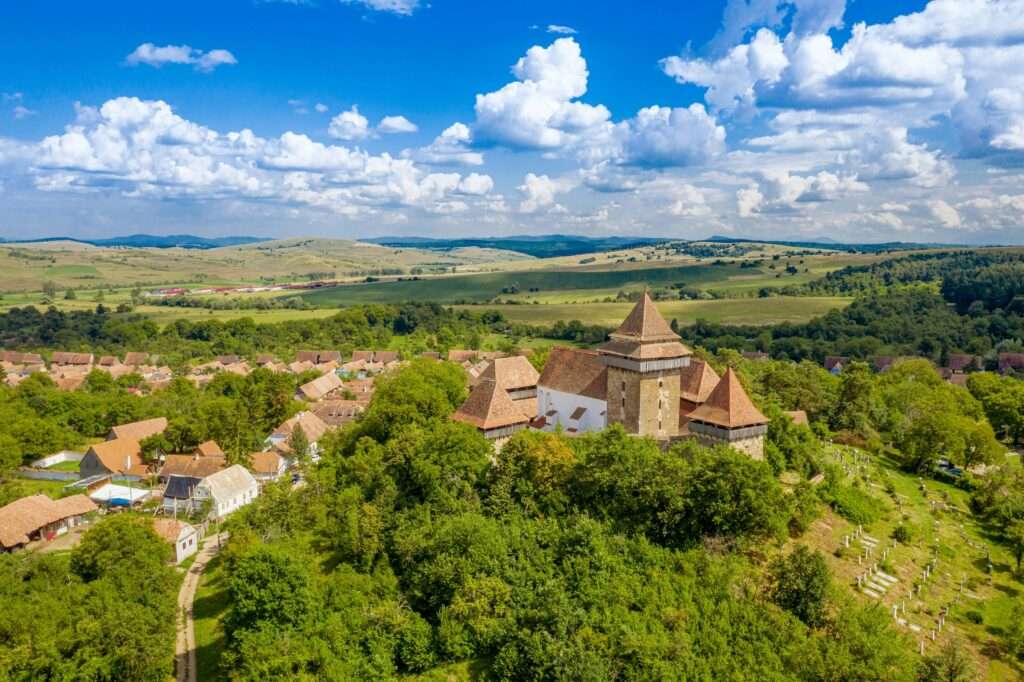
🏞️ Journey Through Romania: From Castles to Forests
The Charm of Viscri Village
Viscri, one of Transylvania’s most iconic Saxon villages, is a living time capsule. Its fortified church, a remarkable 12th-century structure, stands as a testament to the region’s defensive ingenuity. Over centuries, the church has been fortified with bastions, walls, and intricate corridors, creating an architectural masterpiece.
The village itself exudes an old-world charm. Pastel-colored houses line its dusty roads, their rustic facades mirroring centuries of history. Once war-torn and defensive, Viscri now embodies peace and preservation. Thanks to the Mihai Eminescu Trust (MET), Viscri has been meticulously restored, ensuring its unique heritage and traditional way of life remain intact. Visitors can immerse themselves in the village’s serene ambiance, enjoying cozy bed-and-breakfasts, sampling homemade delicacies, and witnessing daily life unfold in its timeless streets.

🗺️ Explore Romania: Key Insights and Fascinating Facts
The Saxon Legacy in Transylvania
The Saxon villages of Transylvania owe their origins to the 12th century when Hungarian King Geza II invited German settlers to defend the region. These settlers established fortified communities, which became vibrant trading hubs. Their legacy is evident in the region’s unique architecture and cultural traditions, particularly in villages such as Malancrav and Archita.
These villages are home to some of the most impressive fortified churches in Europe, many of which were designed to protect entire communities. Visitors can explore these remarkable structures, learning about their historical significance while marveling at their architectural ingenuity.

🏰 Top Must-See Sights and Activities in Romania
Sustainable Tourism and Local Experiences
Exploring Saxon villages means more than just sightseeing; it’s about immersing yourself in the local way of life. Travelers can meet shepherds tending their flocks, carpet weavers crafting intricate designs, and artisans creating barrels and pottery using age-old techniques.
Sustainable tourism plays a vital role in preserving these traditions. Organizations like MET focus on fostering economic development while safeguarding cultural heritage. Visitors are encouraged to embrace slow travel, opting for walking tours, horse-drawn carts, or small-group excursions. This approach not only minimizes the impact on the environment but also ensures an authentic connection to the region.
Staying in restored manor houses or farm stays allows travelers to experience the genuine hospitality of Saxon descendants, Romanians, and ethnic Hungarians. From savoring home-cooked meals to participating in traditional crafts, these experiences create lasting memories.

🥂 Taste Your Way Through Romania’s Delicious Food Scene
The Call for Responsible Tourism
Transylvania’s Saxon villages are at a crossroads. While tourism offers an opportunity for economic growth, mass tourism risks disrupting the delicate balance of life here. Large tour buses and hurried itineraries threaten to turn these living villages into mere attractions.
Responsible tourism is the way forward. By focusing on small-scale tourism and connecting travelers with local communities, these villages can thrive without compromising their heritage. Visitors are encouraged to explore on foot, support local businesses, and respect the natural and cultural environment.

🏰 From Dracula to Royalty: The Best Castles in Romania
A Blend of History and Nature
Beyond their architectural splendor, Saxon villages are surrounded by breathtaking landscapes. The Carpathian Mountains provide a stunning backdrop, home to diverse wildlife such as lynx, wolves, and brown bears. These forests, meadows, and valleys are a haven for nature lovers, offering opportunities for hiking, birdwatching, and wildlife spotting.
In the villages, traditional small-scale farming practices have helped maintain the region’s biodiversity. Shepherds and their sheep dot flower-strewn meadows, and ancient oak forests hum with life. These natural treasures, combined with the region’s cultural heritage, make rural Transylvania a truly unique destination.

🧊 Unveil the Chill: Stay in Transylvania’s Stunning Ice Hotel
Preserving a Legacy for the Future
The continued survival of Saxon villages hinges on a delicate balance between tradition and modernization. Tourism, if done sustainably, can provide the lifeline these communities need to preserve their culture, improve livelihoods, and protect their natural environment.
Transylvania’s Saxon villages invite travelers to take a step back in time and savor the beauty of a slower, more meaningful way of life. By choosing to travel responsibly, visitors can play a role in preserving this unique heritage for generations to come.
Whether you’re exploring fortified churches, engaging with local artisans, or trekking through the Carpathian wilderness, the Saxon villages of Romania promise a journey that is as enriching as it is unforgettable.
🏰✨ 7 Days in Portugal: Discover the Magic of This Vibrant Country
Explore Australia’s Best Destinations ✈️
Check out Festivals in Australia and Around the Globe 🎭🌟
🎧🔥 Get the Latest Music News & Entertainment

